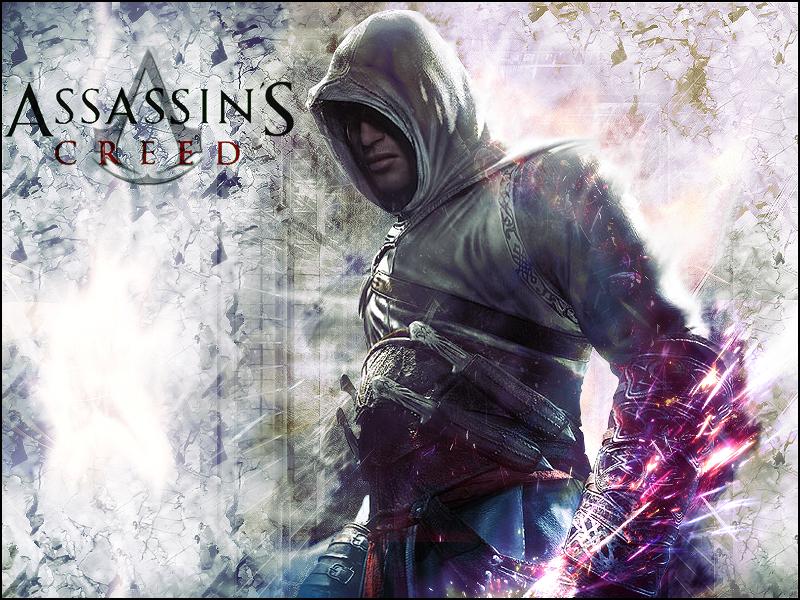
Every action gamer out there loves feeling like an unstoppable killing machine, that’s why game series such as “Halo,†“Gears of War,†and “Assassin’s Creed†are top sellers world-wide.
“Assassin’s Creed,†received its latest installment, entitled “Assassin’s Creed: Brotherhood,†last November, and continues the series’ theme of historical intrigue and ancient conspiracies in a sandbox-styled, free-roaming game world that draws directly from real world Renaissance Italy, along with a modern day sub-plot that in many ways resembles author Dan Brown’s “The Da Vinci Code.â€
In the game, you take the role of assassin Ezio Auditore da Firenze, and on occasion, when the game takes you from the Renaissance time period to the current-era sub-plot, his modern-day relative, Desmond Miles, who is a member of an ancient order of assassins to which Ezio belongs. Without spoiling some rather interesting details regarding the modern day plot, suffice it to say that the real fun of the game is in the free-roaming Renaissance setting, and the jumps to the modern day are distracting and rife with poor voice acting and mediocre dialogue. Think of the game as something akin to “Grand Theft Auto†in ancient Rome.
The actual plot of the main storyline, that which Ezio takes part in, is in-depth and full of political intrigue, nefarious scheming, and memorable characters, many of which are drawn from the annals of history itself, which does wonders to allow a player to fully immerse themselves within the beautifully detailed, accurate, and realistic environment.
While the plot may be quite well-conceived for the most part, the game play takes some getting used to. The controls are somewhat finicky, with the camera constantly needing adjustment, and certain actions seem like they require too many buttons. For example, when controlling the character, pushing forward on the thumbstick makes him walk, but then you can hold down the X-button (PS3) or A-button (Xbox 360) to make him do a fast walk. Running requires you to hold down the L1 button on either system. It seems like too many things to do just to change your speed of movement, when most other games allow a character to walk or run simply depending on how far forward you push the thumbstick.
The real joy of the controls however comes to movement after you’ve gotten used to this. When you’ve got your character running you can hold down the A-button, in which case Ezio (or Desmond for the modern segments) will sprint/free-run, allowing faster movement and fluid transitioning into climbing, leaping, and acrobatics. These of course can be used to get onto rooftops, get a good angle on a target, or simply explore Rome from the top-down. When you do find yourself in conflict with enemies, who are often Roman guards, however, button combinations and selection of decidedly assassin-ish weaponry such as a blade hidden in your gauntlet, stiletto daggers, throwing knives and smoke bombs, makes combat fluid and intuitive, perfect for a game such as this, adding to that aforementioned feeling of being an unstoppable killing machine.
All things considered, putting 40+ hours into a free-roaming, assassination-themed period piece ranks pretty high on the lists of many gaming junkies. When you advance further into the game you start understanding where the “Brotherhood†portion of the title comes from, as you begin recruiting assassins into your own elite cadre of killers, all of whom are customizable in appearance and can be summoned to aid you when you’re in the thick of things. Add to that a multiplayer element, for the first time in the “Assassin’s Creed†series, which allows you and your friends to get in on the action in multiple gameplay modes; the aforementioned political intrigue which makes for a great story; and the availability of the game on PS3, Xbox 360, and Microsoft Windows; and this game clearly shines, in spite of its somewhat off-putting control scheme. Overall, “Assassin’s Creed: Brotherhood†receives a solid 8.5-out-of-10.




